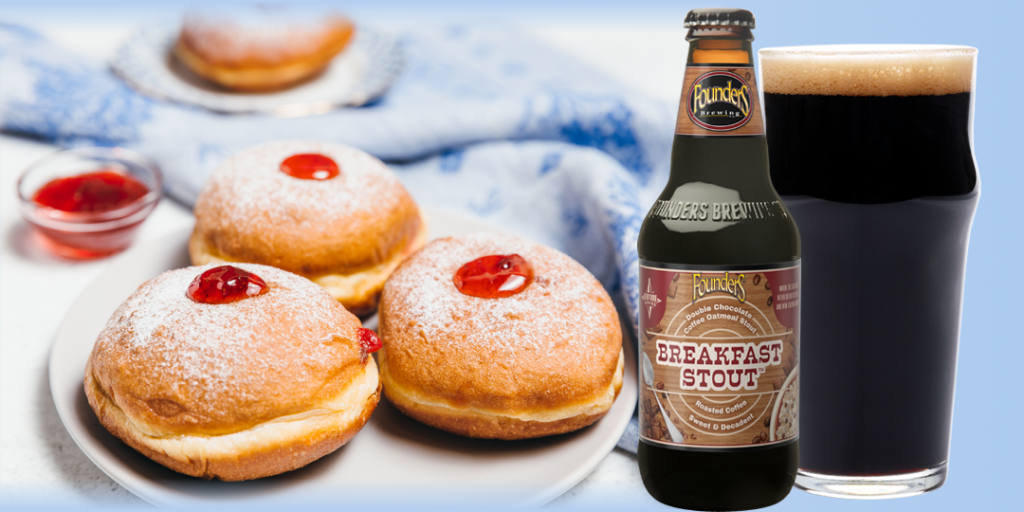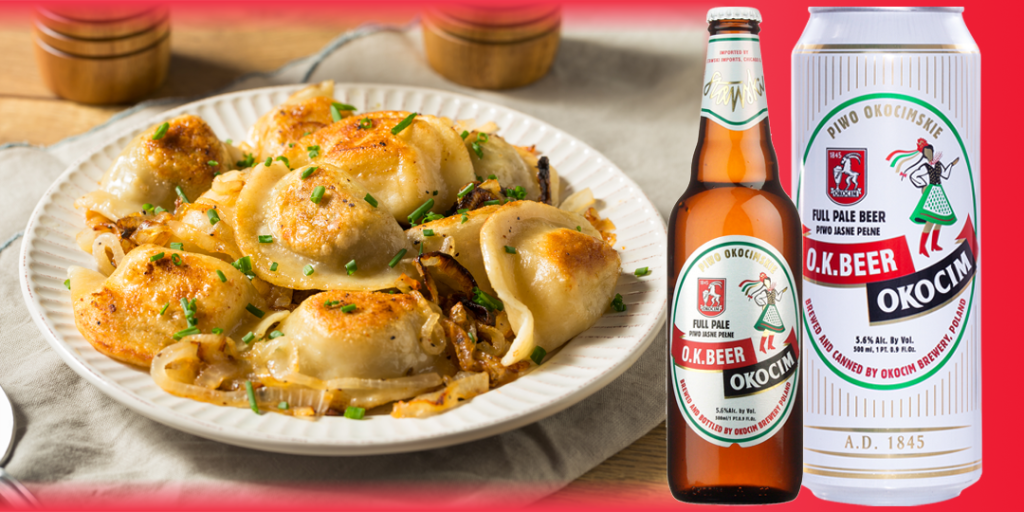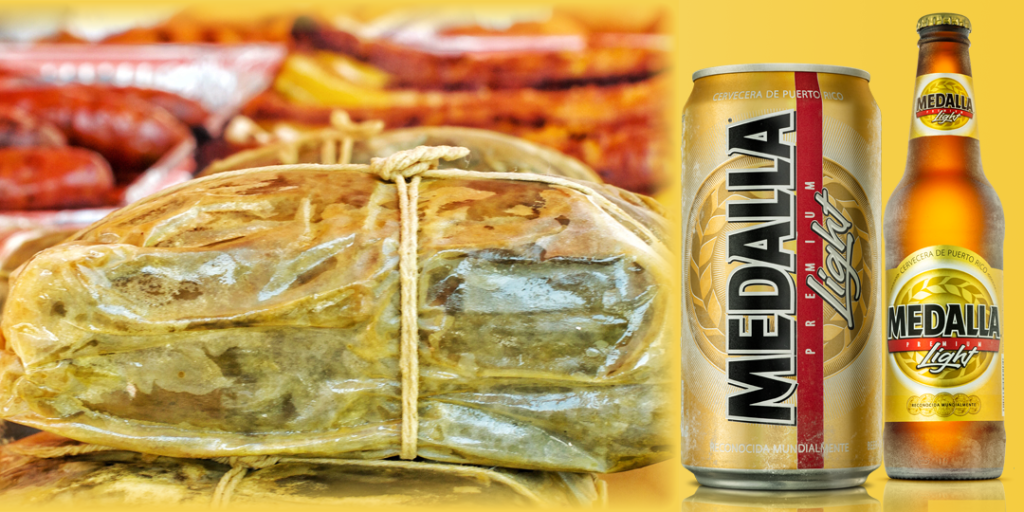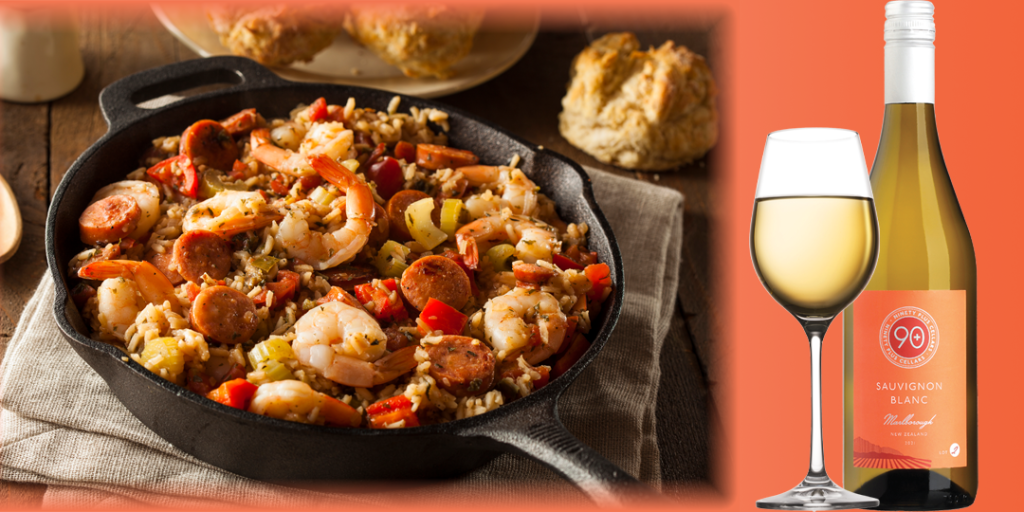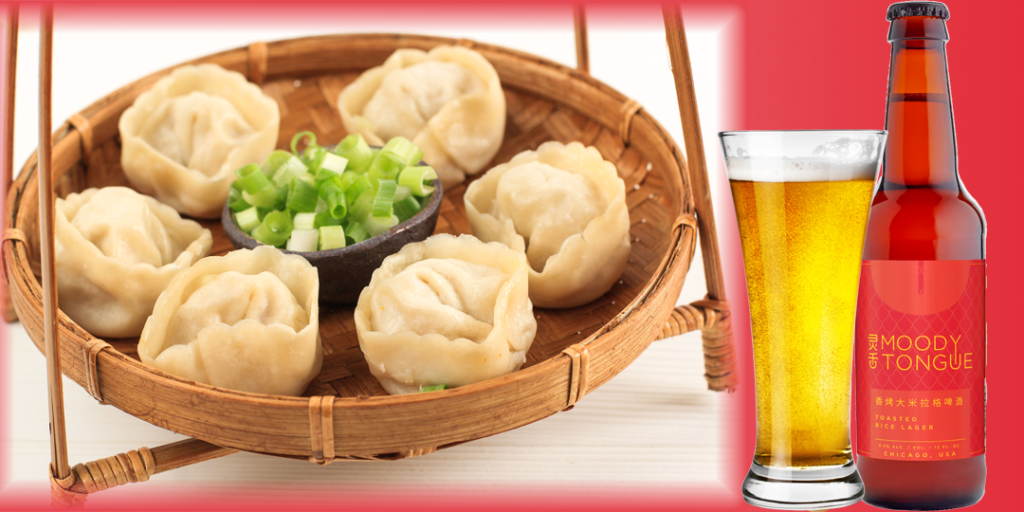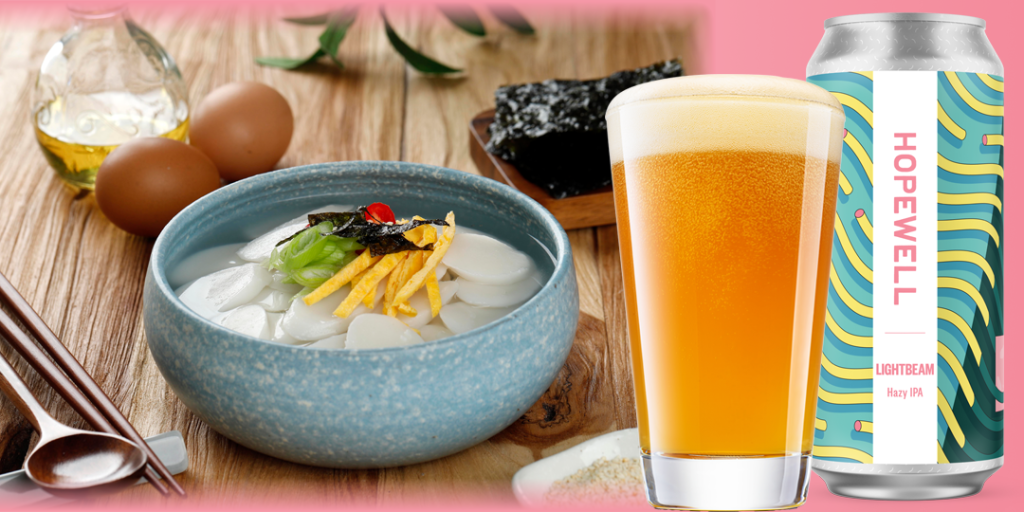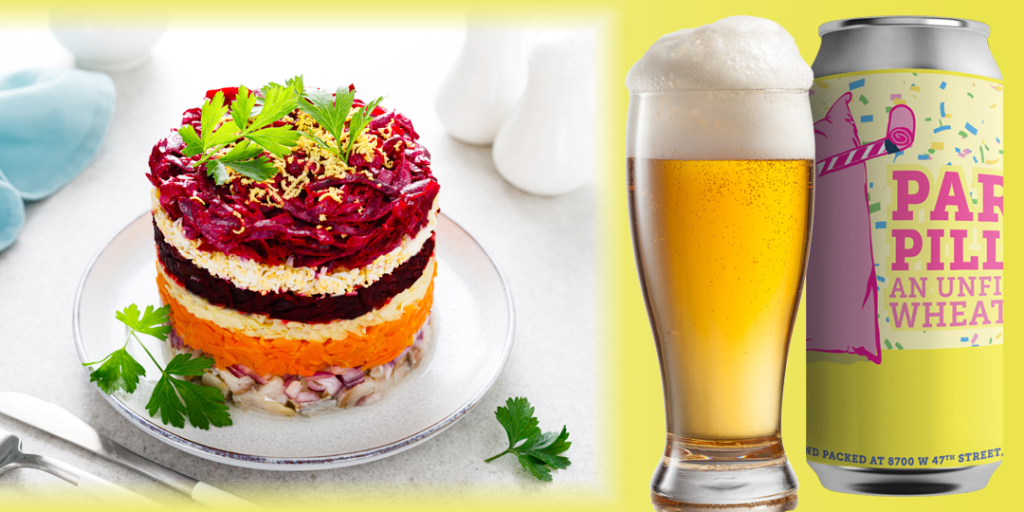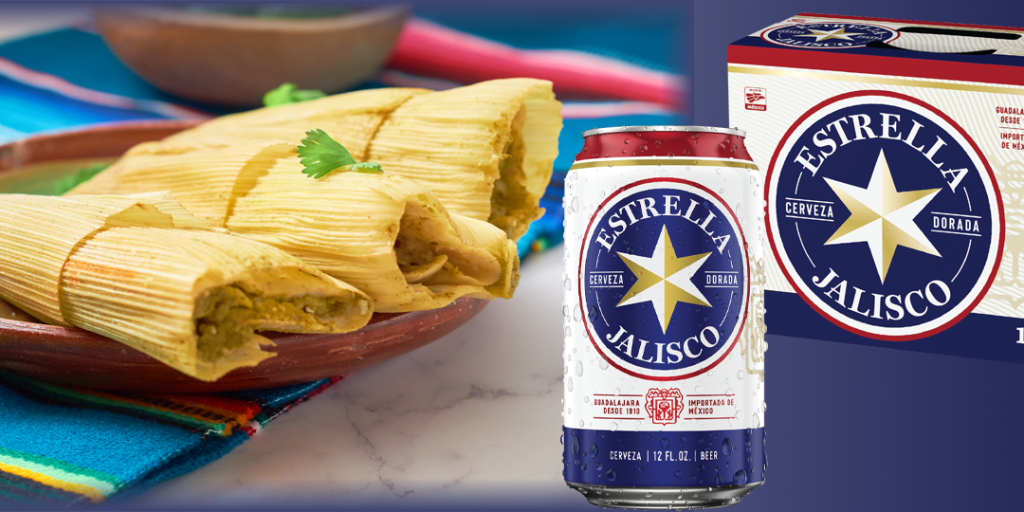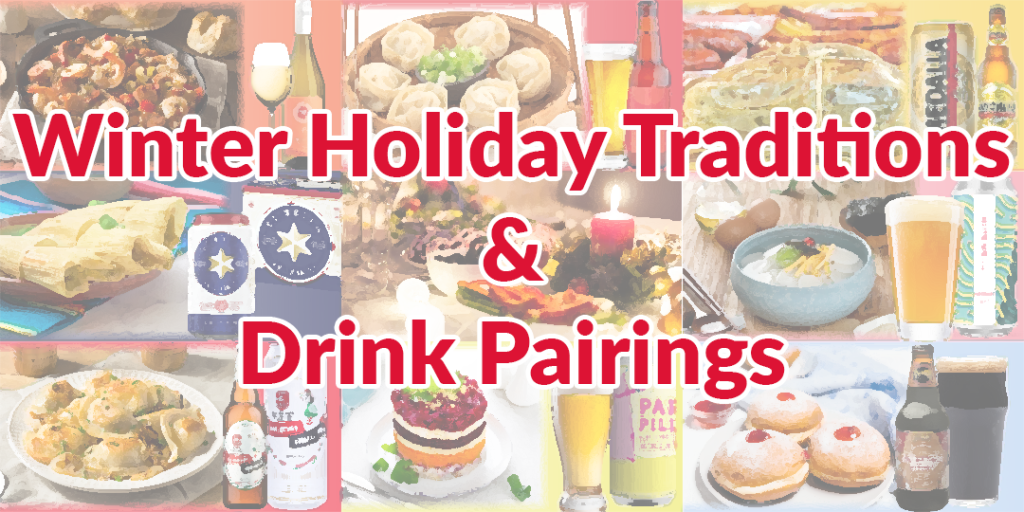
Hanukkah
Hanukkah is a Jewish festival filled with rich traditions and foods. I am lucky to have grown up in an area that allowed me to have many Jewish friends. I grew up going to Jewish delis and being part of many Jewish holidays and I can honestly say that it’s one of my favorite cuisines. There are many different dishes that come to mind for the holiday such as brisket, matzo ball soup, and gelt but one thing I always look forward to is dessert – especially sufganiyot.
I love baked goods and donuts but the sufganiyot my friend’s grandmother made were out of this world! There are many different fillings for these pastries but the ones I dream of eating are custard filled and fried in schmaltz. These are so decadent that you’d need something that can keep up with their richness. The Espresso Martini from Cutwater (to keep you awake after a huge meal) or a stout from Founders like their Breakfast Stout would be a great pairing for these.
Christmas
For many, Christmas is something that they look forward to all year. A way for many Christians in the world to celebrate the birth of Jesus Christ, this holiday has spread all across the globe. The holiday may be called the same thing all around the world but each culture has made the holiday their own by incorporating their culture.
Poland
A Polish holiday isn’t a holiday without pierogies and even though they are eaten all year round, this dish is a staple of Christmas in Polish households. As one of the biggest Polish populations in the world, Chicago has some of the most authentic pierogies I’ve ever had in all my travels. Whatever they’re filled with, I make sure I have plenty of crispy onions and butter on top. It goes without saying that pierogies are best paired with Polish beer and one of the best is Okocim. Another combination which might sound strange to you, is pierogies with Guinness – especially if they’re filled with beef.
Puerto Rico – Parranda
This musical tradition from Puerto Rico is a popular tradition during Christmas Time that is similar to caroling. The tradition of visiting family and friends to sing is often accompanied with food and drink such as pasteles and coquito. Pasteles are similar to tamales but this masa is made from cassava, yautia, and squash. There are a myriad of fillings in savory or sweet categories but whatever they are filled with, they are delicious! I can’t think of anything better to pair with pasteles and fuel the singing of Aguinaldo music than Medalla Light.
Kwanzaa
Kwanzaa is celebrated by Black communities over seven days following Christmas. The sixth night of Kwanzaa celebrates the principle of kuumba or creativity. It’s also the night of the Kwanzaa Karamu or feast. Families invite loved ones and friends into their homes to share a meal inspired by the foods of the African Diaspora such as salt fish, red beans, and pigeon peas. There are many different foods that can be incorporated into the meal but the main dish in many homes is a one-pot stew or soup like thieboudienne or a jambalaya. I haven’t had the chance to try thieboudienne, the national dish of Senegal, but I have had jambalaya and I’m sure many of you have too. This flavorful Cajun rice dish is often made with andouille sausage and seafood like mussels and shrimp. These bold flavors need an equally intense drink pairing like an Alaskan Amber Ale. Jambalaya also goes great with a white wine like our 90+ Cellar’s Sauvignon Blanc.
New Years
Although most of the world goes by the Gregorian calendar, another major calendar still in use today is the Chinese calendar – used by many Asian countries such as Korea, Philippines, Thailand, and Vietnam in conjunction with the Gregorian. If you ever wondered why Chinese New Year didn’t line up with January 1st, this is why. Regardless of what calendar you use however, it seems to be a universal human desire to have large celebrations during the winter.
China
As one of the biggest festivals of the year for those with Chinese ancestry, this celebration has made it all across the globe and is a major holiday in many countries. Even outside of China, the traditions and foods are largely the same. It is a celebration of the upcoming spring and is used as a reunion dinner for many families. The dinner can consist of many courses and different foods but one of the staples for this celebration are dumplings. Especially popular for those who live in or are descendants of the northern region of China, jiaozi (dumplings) symbolize wealth and good fortune because their shape is similar to sycee – a type of gold and silver ingot used as currency in imperial China. By serving them to guests, the host is wishing them prosperity in the upcoming year.
Due to the symbolic nature of certain foods in Chinese culture, jiaozi can fill multiple roles in the meal with what they’re filled with. They can be savory or sweet, but for me, my favorite is a steamed fish jiaozi. I find that most Asian dishes pair very well with lagers and pale ales. I would enjoy a couple helpings of fish jiaozi and a couple pints of Moody Tongue Toasted Rice Lager. Another great choice would be Spiteful’s Alley Time or Alter’s Hopular Kid if you still want a bit of hoppiness.
Korea
Many Korean holidays also follow a calendar derived from the Chinese calendar. Seollal is called that because it’s the day everyone in Korea becomes one year older. For those who are confused by that sentence, let me explain. In Korean culture, everyone becomes a year older on the same day regardless of what time of the year you are born. It’s a very quirky tradition that had me very confused growing up but that’s just how it is. Seollal is also a reunion celebration and focuses heavily on showing piety to their elders. It’s also a great day for many Korean children because they are usually gifted with a nice bit of money and many traditional Korean games. The main dish eaten on this day is called tteokguk or rice cake soup. Korean tteok (pronounced like duck), is not the crunchy dieter’s bane kind of rice cake – it is a soft and chewy rice cake more similar to mochi. The traditional way to make this soup is with a beef based broth filled with thinly sliced rice cake and beef slices. Similarly to Chinese jiaozi, the thinly sliced rice cake looks very much like a traditional Korean currency called yeopjeon and symbolize wealth in the upcoming year.
The broth is a rich and cloudy white that makes every spoonful a surprise when you bring it up to the surface – and just like the broth, a hazy IPA would be a great pairing for this dish. Goose Island’s Hazy Beer Hug or Hopewell’s Lightbeam are a great compliment to this rich beef soup. Stone’s Hazy IPA would also be a great choice.
Ukraine
I have been very fortunate to grow up in Chicagoland and the multitude of cultures living so closely together. Because my Korean celebrations didn’t line up with many of my friends growing up, I was always free to spend the holidays with them. One of my most vivid memories was getting invited to New Year’s with my friend Conrad because I had never eaten something like I was served before. Shuba or dressed herring is one of the most popular New Year’s dishes in Ukraine. If you haven’t had or seen this dish before, it is a sight to behold! It is a multilayered salad (salad as in egg or potato salad, not like a Caesar or niçoise) that symbolizes the winter coats many in Ukraine use.
I had never had herring before (it’s one of my favorite snacks now) and I couldn’t stop staring at how brightly purple it was from the beets. It’s a unique taste because of the combination of eggs, mayonnaise, herring, carrots, beets, and potatoes. It wasn’t long before I went in for seconds (and thirds). It’s a deliciously rich and salty dish that needs a beer that can compliment its strong flavors. An IPA would pair nicely with how strong the flavors are – some of my top choices for this would be a Fresh Squeezed from Deschutes or a Furious from Surly. Another way we can go with this would be for a nice mouthfeel and perceived sweetness from a hefeweizen like Buckledown’s Party Pillow.
Mexico
I love eating tamales all throughout the year but it holds a lot of cultural significance for Mexicans and Mexican-Americans on New Year’s Day. It is said that the golden color of the corn masa symbolizes wealth and the laborious aspect of making tamales represents unity since it usually involves a lot of family members to make the large batches. I don’t want to brag but I am quite the tamalero (tamale-maker) after spending many long hours helping make them in the past. Fresh and homemade tamales are so different from the frozen ones I’ve had before I tried handmade ones. I always thought the fillings were the most important but it really is the masa that makes it. My favorite type of tamale is pork and I think it goes without saying that a Mexican lager is probably a perfect pairing for tamales. Estrella Jalisco is a perfect choice for this dish. If you want to spice it up even more, Estrella Micheladas like the Mango or Chamoy can really kick up the complexity. And if you are a fan of pairing with cocktails, a Paloma like Salucita is a bright and citrusy cocktail that will help cut through the richness of the tamale.
There are so many different cultures that have unique winter celebrations and the traditions listed above are just a small sample of what our great city celebrates. If you have a great food and drink combination that you believe must be shared, please feel free to share them so we can try!


